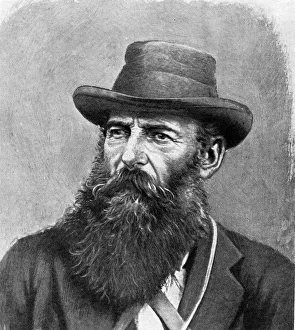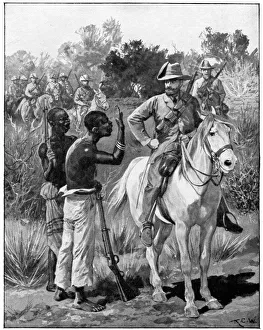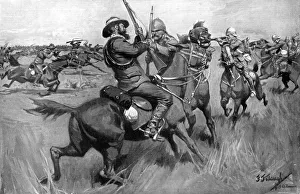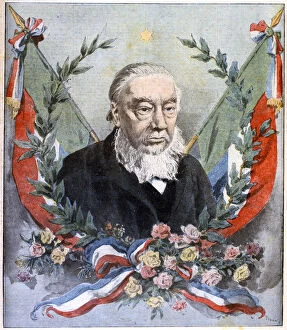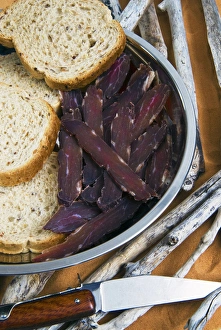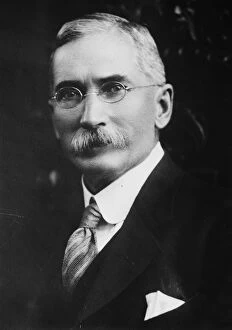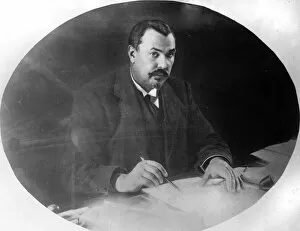Afrikaner Collection (#2)
The Afrikaner people have a rich and complex history, filled with moments of triumph and struggle
All Professionally Made to Order for Quick Shipping
The Afrikaner people have a rich and complex history, filled with moments of triumph and struggle. One such moment occurred on 7 March 1902, during the Second Boer War, when General Methuen surrendered to de la Rey. This event marked a significant turning point in the war and showcased the resilience and determination of the Afrikaners. Le Vocabulaire Illustre: Africain; African; Afrikaner captures the essence of this diverse group of people. From their Dutch Boers roots to their unique identity as Afrikaners, they have carved out a distinct place in South African history. The surrender of Piet Cronje at Paardeberg in 1900 is another pivotal moment that shaped the course of the war. The engraving immortalizes this event, reminding us of both the bravery and sacrifices made by these courageous individuals. Leaders like Paul Kruger, President of the Transvaal Republic, General Joubert, and General De Wet played crucial roles in guiding their people through these turbulent times. Their sepia photos serve as reminders of their unwavering commitment to defending their land and way of life. The night attack on a Boer convoy by mounted infantry under Colonel Williams showcases not only military tactics but also highlights how resourceful and adaptable these fighters were in defending themselves against formidable opponents. The charge led by Bushmen and New Zealanders near Klerksdorp demonstrates unity among different groups fighting for a common cause - freedom from oppression. It symbolizes how alliances were formed amidst adversity for a greater purpose. Louis Botha stands tall as an iconic figure within Afrikaner history - not only was he an influential leader but also became South Africa's first Prime Minister after unification. His leadership skills paved the way for progress towards peace and reconciliation between different communities within South Africa. Even everyday heroes are celebrated within this narrative.

